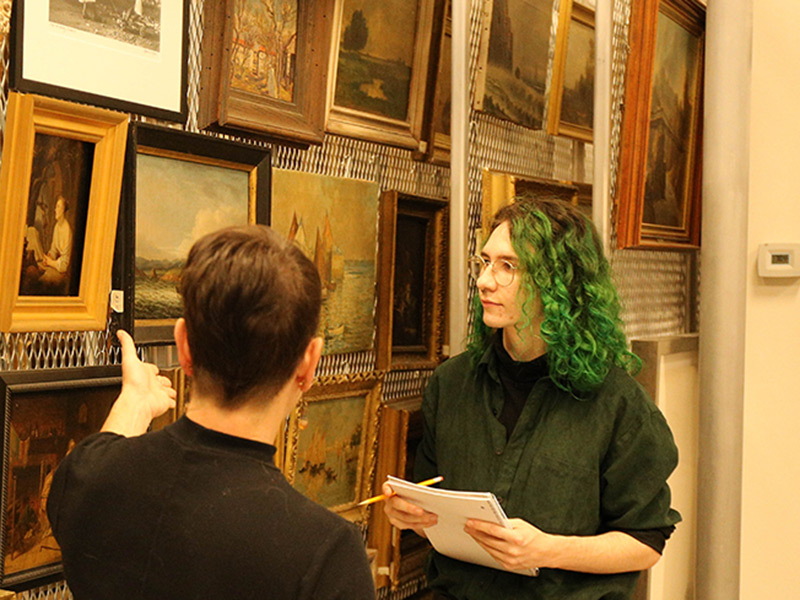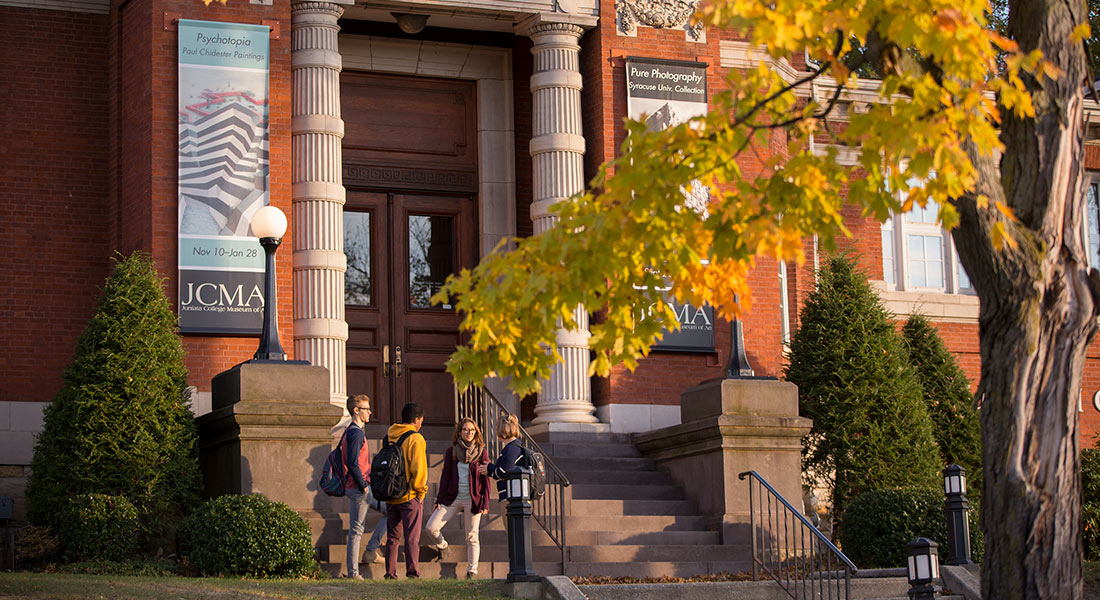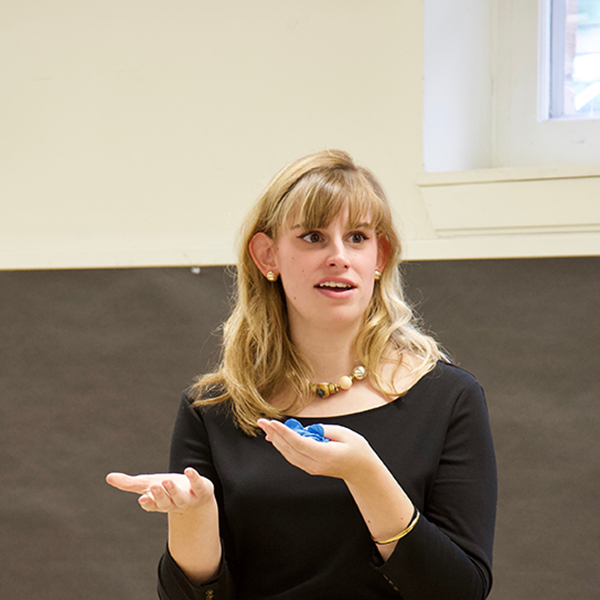
Since its beginnings in 1996, Juniata Museum Studies graduates experience 100% placement in graduate school. Students are given a foundation in the history, practice, and critical issues of museology, and receive hands-on training for careers in the museum profession. Students even work on exhibits in the Juniata College Museum of Art in Carnegie Hall.
Juniata College is one of only twelve undergraduate institutions across the country that grant degrees in Museum Studies. As the museum profession continues to develop since its rapid growth over the last three decades, the need for quality undergraduate training in museum studies remains strong.
Students are given a foundation in the history, practice, and critical issues of museology, and receive hands-on training for careers in the museum profession.

Since its beginnings in 1996, Juniata Museum Studies graduates experience 100% placement in graduate school. Students are given a foundation in the history, practice, and critical issues of museology, and receive hands-on training for careers in the museum profession. Students even work on exhibits in the Juniata College Museum of Art in Carnegie Hall.
Juniata College is one of only twelve undergraduate institutions across the country that grant degrees in Museum Studies. As the museum profession continues to develop since its rapid growth over the last three decades, the need for quality undergraduate training in museum studies remains strong.
Students are given a foundation in the history, practice, and critical issues of museology, and receive hands-on training for careers in the museum profession.

Since its beginnings in 1996, Juniata Museum Studies graduates experience 100% placement in graduate school. Students are given a foundation in the history, practice, and critical issues of museology, and receive hands-on training for careers in the museum profession. Students even work on exhibits in the Juniata College Museum of Art in Carnegie Hall.
Juniata College is one of only twelve undergraduate institutions across the country that grant degrees in Museum Studies. As the museum profession continues to develop since its rapid growth over the last three decades, the need for quality undergraduate training in museum studies remains strong.
Students are given a foundation in the history, practice, and critical issues of museology, and receive hands-on training for careers in the museum profession.
Design Your Education

Design Your Education

Design Your Education

Design Your Education

There's No Place Like the Smithsonian
Emma Campell '16 checks items off of her bucket list throughout her young career in Washington, D.C.
There's No Place Like the Smithsonian
Emma Campell '16 checks items off of her bucket list throughout her young career in Washington, D.C.
 skip to content
skip to content






